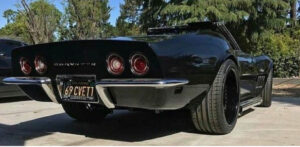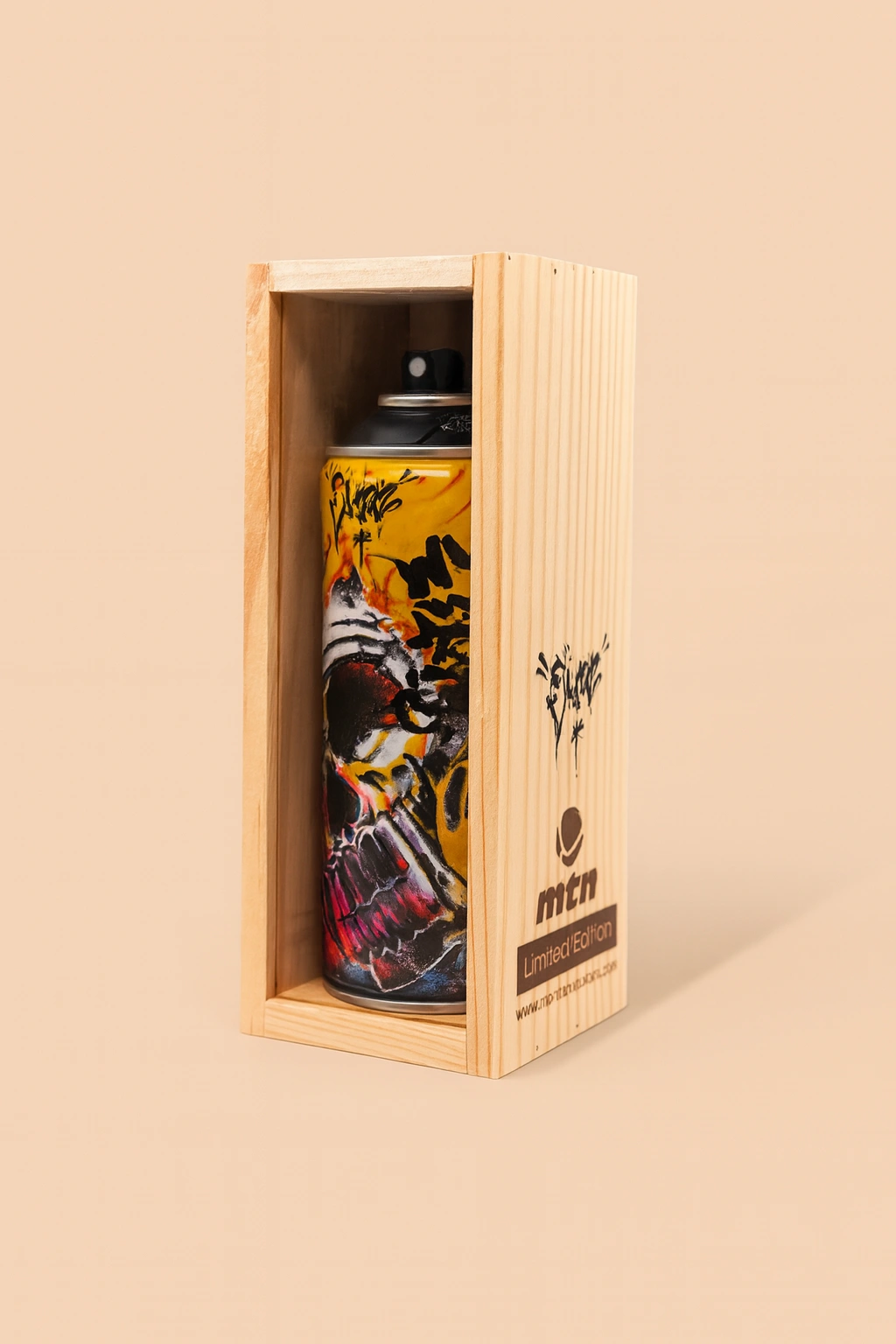There are cars that hold their place in history, and then there are cars that rewrite it. The 1969 Chevrolet Corvette Stingray, already a revered icon in American automotive culture, has long stood as a symbol of raw, unfiltered power — a machine born in an era when muscle reigned supreme and design flirted with danger. But in 2025, as the restomod revolution continues to surge through the collector scene, one machine breaks from the pack with unapologetic authority. That machine is “69 CVETT,” a blacked-out beast that blends the pulse of vintage Detroit steel with the sharp precision of contemporary craftsmanship.
This isn’t nostalgia with polish — it’s resurrection with attitude.
The Roots of a Legend
To understand the essence of “69 CVETT,” one must first revisit the DNA of the 1969 Corvette Stingray. As part of the C3 generation, the ’69 model was a sculpted missile on wheels, taking cues from Mako Shark concept designs and injecting them into showroom floors with fiberglass boldness. Underneath the sinuous bodylines lay big block V8 options, independent rear suspension, and the aggressive design language that gave rise to the Stingray nameplate — a word that no longer described a sea creature, but instead a predator on the pavement.
Yet for all its raw energy, the original C3 was a product of its time — loud, fast, and analog. Beautiful, yes. Perfect? Not quite. That’s where the restomod philosophy comes in: take the soul of a legend, enhance it without sterilizing it, and let it tear loose in the modern age.
Paint It Black — The Exterior Evolution
The first thing you notice about this car is the color — an abyssal gloss black that swallows light and reflects attitude. Unlike factory finishes of yesteryear, this isn’t just a respray. It’s a meticulously executed blackout treatment, with every piece of trim either color-matched or deleted to let the sculptural form speak without distraction.
Sitting low and wide on deep-dish black wheels, the stance alone tells you this Corvette doesn’t play nice. The flared fenders are both a design flourish and a necessity — making room for a modern suspension setup and rubber that clings to the road like it means it. The front and rear bumpers have been smoothed and molded into the body, eliminating the chrome overhangs that defined the late ’60s aesthetic. What remains is a sleek, predator-like form, sharpened by restraint.
Then there’s the side-exit exhaust — polished metal pipes that snake from beneath the doors like coiled fangs, promising fire and fury the moment the throttle drops. It’s a nod to the race-bred lineage of the Stingray, and a declaration that this car was built to be heard as much as seen.
Power and Poise — The Restomod Philosophy
Beneath the hood, though hidden in the photos, lives the real story — because no restomod earns its stripes on looks alone. While the spec sheet isn’t public, any build of this caliber likely hides a modern LS or LT-series V8 under the hood, paired with updated fuel injection, electronic ignition, and a tuned ECU. This isn’t just to make the car faster — though it surely is — but to make it more usable. Cold starts are reliable. Throttle response is instant. Maintenance is less of a ritual and more of a check-in.
Modern suspension components and braking systems would be expected at this level — coilovers for adjustability, independent rear suspension with modern bushings and geometry, and high-performance disc brakes to bring all that mass to a halt. But what sets this build apart isn’t just the parts list — it’s the philosophy. Everything has been refined, but nothing feels overdone. It respects the car’s soul. It doesn’t try to tame it — just teach it new tricks.
Inside the Cockpit
Though not shown, the interior on a build like “69 CVETT” is likely as calculated as the exterior. Picture this: minimalist black leather with double-stitched suede inserts, a flat-bottomed steering wheel that nods to motorsport heritage, and a gauge cluster that mixes vintage styling with digital precision. Infotainment? Maybe — if it’s hidden. The point isn’t to distract. It’s to connect.
A driver’s car doesn’t need screens shouting at you. It needs analog dials that sweep with drama, pedals that bite with feedback, and a gear lever that feels like a loaded weapon in your palm. This isn’t tech for comfort. It’s refinement for control.
The Statement
And then there’s the license plate: 69 CVETT. No confusion. No ambiguity. This isn’t just a car — it’s a declaration. It says the builder knew exactly what this machine was and what it wasn’t. This Corvette doesn’t need gimmicks or genre-hopping influences. It owns its roots and rewrites them on its terms.
In an era where many restomods push into exotic territory — adding carbon fiber, superchargers, and European styling cues — “69 CVETT” goes the other way. It doesn’t want to be a Lamborghini in disguise. It wants to be the most savage, beautiful version of a Corvette possible. A black hole on wheels that warps time, attention, and eardrums.
Why This Build Matters
Too often, restomods fall into two traps — over-modernization or over-romanticization. One side strips out the personality and replaces it with plastic performance. The other refuses to evolve, leaving a machine that looks good but drives like a relic.
“69 CVETT” walks the line perfectly. It’s not afraid to erase the weak points of the C3 while preserving its strengths. It modernizes performance, sharpens design, and respects heritage. It doesn’t try to be everything — just more of what the Stingray always wanted to be.
In that way, it becomes something greater than a car. It becomes a story — of vision, skill, and commitment. Every flare, every weld, every blacked-out surface tells you this wasn’t built for auction blocks or museum lights. This was built for someone who wanted that car — the one in their head since childhood — and decided to bring it to life.
The Black Reign
“69 CVETT” is more than just a restomod Corvette. It’s a masterclass in balance: beauty and brutality, heritage and evolution, nostalgia and nerve. It reminds us that the best cars don’t just exist to be driven — they exist to make a point.
And the point is this: muscle never died. It just got smarter, louder, and a hell of a lot faster.
Given upon when you see this beast growling at a stoplight, low and lethal in that ocean of gloss black, remember — this isn’t just a Corvette. It’s the future of the past, burning rubber across the timeline.
No comments yet.









